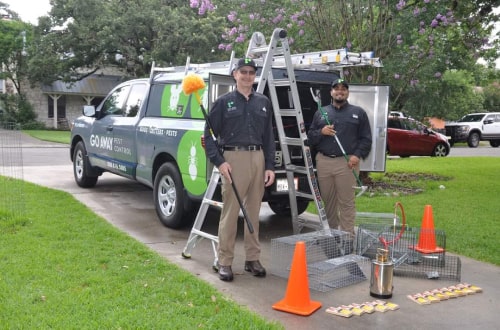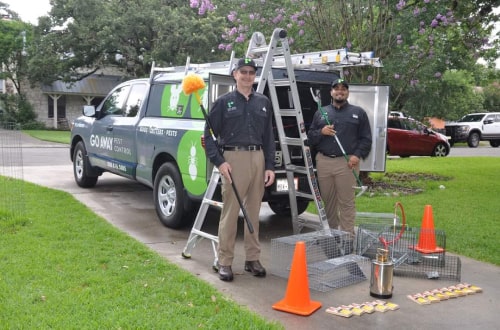Introduction
Pest control is a crucial aspect of maintaining a clean and healthy living environment. Unwanted pests such as insects, rodents, and other critters can not only cause damage to your property but also pose serious health risks. From contaminating food to spreading diseases, these nuisances can create significant problems if left unaddressed. In this article, we will explore effective pest control solutions that can help you safeguard your space without relying on external platforms.

Preventive Measures
The first line of defense against pests is prevention. Taking proactive steps to make your home or workspace less attractive to pests can significantly reduce the likelihood of an infestation. Here are some preventive measures to consider:
Seal Entry Points: Inspect your property for any cracks, gaps, or openings that pests could use to enter. Seal these entry points with caulk, weather stripping, or mesh screens.
Proper Storage: Store food items in airtight containers to prevent attracting pests. Regularly clean up crumbs and spills, as they can also attract unwanted visitors.
Trim Vegetation: Keep bushes, trees, and shrubs trimmed and away from your building. Overhanging branches can serve as bridges for pests to access your property.
Eliminate Standing Water: Pests thrive in damp environments. Regularly check for and eliminate sources of standing water, such as clogged drains and leaky pipes.
Maintain Cleanliness
Maintaining a clean environment is a simple yet effective method of pest control. Regular cleaning practices can significantly reduce the chances of infestations:
Vacuum and Sweep: Regularly vacuum carpets and sweep floors to remove crumbs and debris that pests could feed on.
Dispose of Trash: Empty trash cans regularly and ensure they have tight-fitting lids. This prevents pests from scavenging for food.
Declutter: Pests often find refuge in cluttered areas. Keep your living or working spaces tidy to minimize hiding spots.
Natural Repellents
Certain natural substances can act as effective pest repellents without resorting to harmful chemicals:
Essential Oils: Peppermint, lavender, and eucalyptus essential oils are known to repel pests. Mixing a few drops of these oils with water and spraying the solution around entry points can discourage pests from entering.
Diatomaceous Earth: This natural powder, derived from fossilized algae, can be sprinkled in areas where pests are likely to travel. It damages the pests' exoskeleton, leading to their demise.
Traps and Baits
For targeted pest control, traps and baits can be strategically placed:
Mouse Traps: Traditional snap traps or more humane live traps can be effective for capturing rodents.
Insect Traps: Sticky traps or light traps can help capture flying insects indoors.
Baits: Place bait stations with pest-specific bait to attract and eliminate pests in a controlled manner.
Conclusion
Effectively managing pests without relying on external platforms is an achievable goal through a combination of preventive measures, cleanliness, natural repellents, and strategic trapping. By adopting these approaches, you can maintain a pest-free environment and protect your property and health. Regular vigilance and consistent efforts are key to ensuring that your living or working space remains pest-free over the long term.
For More Info :-
san antonio pest control services
san antonio pest control companies





Comments